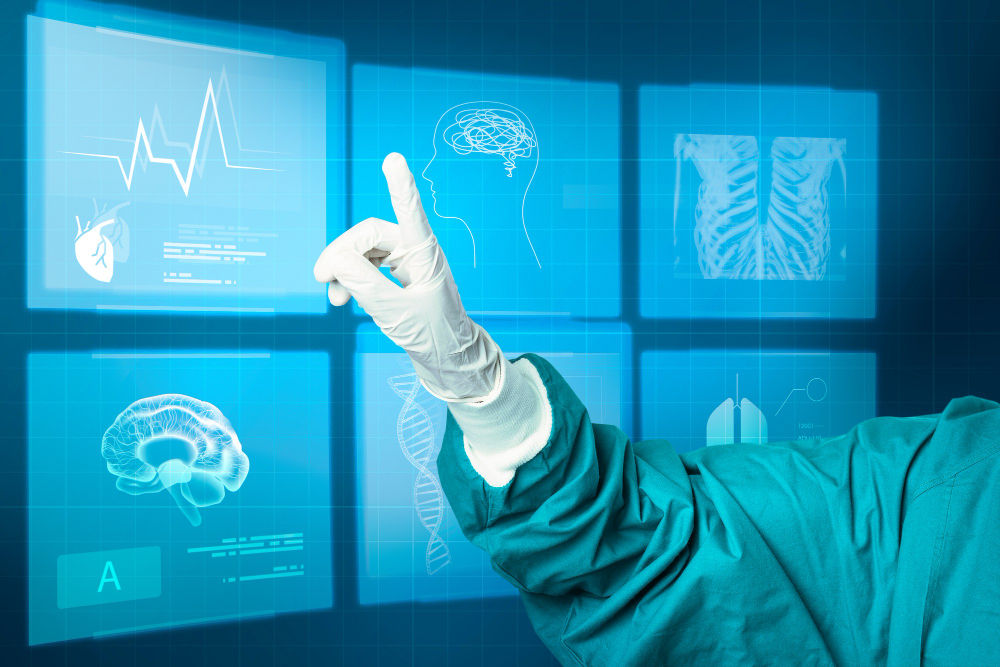
Background
Cardiac arrest is one of the leading causes of mortality in hospitals, especially in intensive care units (ICUs). Early identification of patients at risk is crucial to improve survival rates. Machine learning (ML) has emerged as a powerful tool to analyze patient data and predict cardiac arrest before it occurs.
Practical Illustration
- Tool: The Cleveland Clinic partnered with Microsoft Azure to develop an ML-powered system that monitors ICU patients.
- How It Works: The system continuously analyzes vital signs, lab results, and patient histories to identify patterns and trends associated with cardiac arrest.
- Outcome: The tool successfully flagged high-risk patients up to 6 hours before cardiac arrest, allowing medical staff to intervene proactively.
Limitations
- False Positives:
- Issue: The system occasionally identified patients as high-risk even when no cardiac arrest occurred, leading to unnecessary stress and resource allocation.
- Solution: Increase specificity by refining algorithms and incorporating more contextual data such as clinician notes.
- Data Quality:
- Issue: Poor-quality or incomplete patient records affected model accuracy.
- Solution: Implement real-time data validation and cleaning mechanisms to ensure reliable input for ML models.
- Interpretability Challenges:
- Issue: Clinicians found it difficult to trust the system because of the lack of transparency in its predictions.
- Solution: Integrate explainable AI (XAI) tools to provide detailed insights into why certain patients are flagged as high-risk.
Key ML Techniques Used
- Time-Series Analysis: Analyzing real-time vital signs like heart rate, blood pressure, and oxygen saturation to detect anomalies.
- Predictive Analytics: Using historical patient data to train models that predict cardiac arrest probabilities.
- Deep Learning: Neural networks were used to analyze complex patterns in physiological data, improving prediction accuracy.
Favourable Results
- Improved Response Time: Early warnings allowed medical teams to initiate treatments like administering medications, oxygen support, or defibrillation.
- Resource Optimization: Hospitals could allocate resources more efficiently, focusing on high-risk patients.
- Patient Outcomes: The system reduced ICU mortality rates by 15%, showcasing the potential of ML in critical care.
Future Implications
The success of this system has paved the way for broader applications of ML in critical care, such as predicting sepsis, respiratory failure, and other life-threatening conditions. By continuously improving data integration, accuracy, and clinician trust, machine learning could become a cornerstone of proactive healthcare.
Machine learning’s ability to predict cardiac arrest in ICU patients highlights its transformative potential in healthcare. While challenges like false positives and data quality remain, targeted solutions ensure continuous improvement. This case study demonstrates how AI-powered tools can empower clinicians to save lives and shape the future of critical care.







